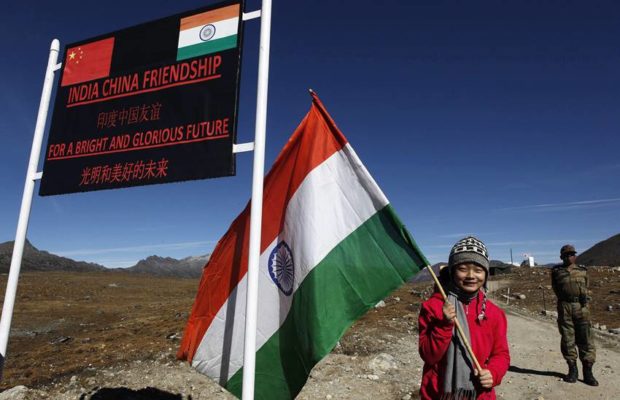On the night of June 15, India and China suffered their worst border clash in over 40 years. According to Indian sources, at least 20 Indian soldiers died, and 76 were injured. China’s state-owned media outlet, the Global Times, has claimed that China also suffered casualties, but details are sparse.
Fistfights in the Mountains
There are several disputed regions on the massive, icy, mountainous, India-China border. This particular conflict occurred in the remote Galwan Valley in the Himalayas. The Chinese have gradually occupied over 59 square kilometers of territory over the past two months. They might be concerned about a road the Indian Army is building to an air force base near the Galwan Valley.
Both countries have a slightly different story about how this month’s fight occurred. A Chinese colonel claimed that India crossed the so-called Line of Actual Control, despite agreements between both countries to avoid doing so. Indian officials claimed there was a meeting attended by hundreds of soldiers on both sides, and a fight broke out after a Chinese officer insulted the Indians.
Indian officers speaking anonymously to the New York Times provided yet another story, involving Indian soldiers setting fire to Chinese tents, being confronted by a larger-than-expected group of Chinese soldiers, and fighting near a steep ridge. According to this story, 17 of the Indian soldiers died by falling off the ridge in the dark.
The one detail both sides stick to is that no firearms were used, as per a longstanding agreement between India and China. Instead, soldiers on the India-China border fight using rocks, wooden clubs, or even their fists. The clubs may be studded with nails, or wrapped with barbed wire.
Losing Face
This agreement hints at a broader truth about the India-China border: the governments of both countries do not want their conflicts to escalate. India, China, the US, and various analysts all claim this to be true. The national governments of both countries have tried to be as quiet and diplomatic as possible. In China, the government’s tight control of the media has kept their side of the story very vague.
The situation in India is very different. Indian media outlets have started reporting on conditions near the border. In fact, according to Reuters, the border dispute has more coverage in the Indian media than the coronavirus. Indian Prime Minister Narendra Modi has come under criticism from opposition leaders, former generals and diplomats. The most prominent opposition leader, Rahul Gandhi, had a fiery message for Modi on Twitter:
Why is the PM silent? Why is he hiding? Enough is enough. We need to know what has happened. How dare China kill our soldiers? How dare they take our land?
India’s former Prime Minister, Manmohan Singh, has said:
We stand at historic crossroads. Our government’s decisions and actions will have serious bearings on how the future generations perceive us.
Modi is in a particularly tough spot, as improving India’s economic and military might was a major part of his electoral platform. However China’s economy and military are still far more powerful than India’s.
Negotiation and Clarification
On June 22, India and China held high-level talks involving military personnel about their conflict and territorial claims. According to Chinese spokesman Zhao Lijian, both sides have agreed to measures to stabilize the situation. There is apparently a new strategy for disengagement, though the details are unclear to the public.
Zhao Lijian has also denied the claim that 40 Chinese soldiers died during the fight on June 15. This claim has spread across several media outlets but originated with VK Singh, India’s Minister for Roads and Transport, who provided no evidence.
Sources
- The New York Times
- Reuters
- United Press International
- Rahul Gandhi’s Twitter





Leave a Reply